A brief look back at 50 years of FARC on the eve of a promised peace
Over its five decades of war with the Colombian government, Colombia’s FARC has held nine summits to plot military strategy. This week, it’s holding its 10th National Guerrilla Conference to talk peace.
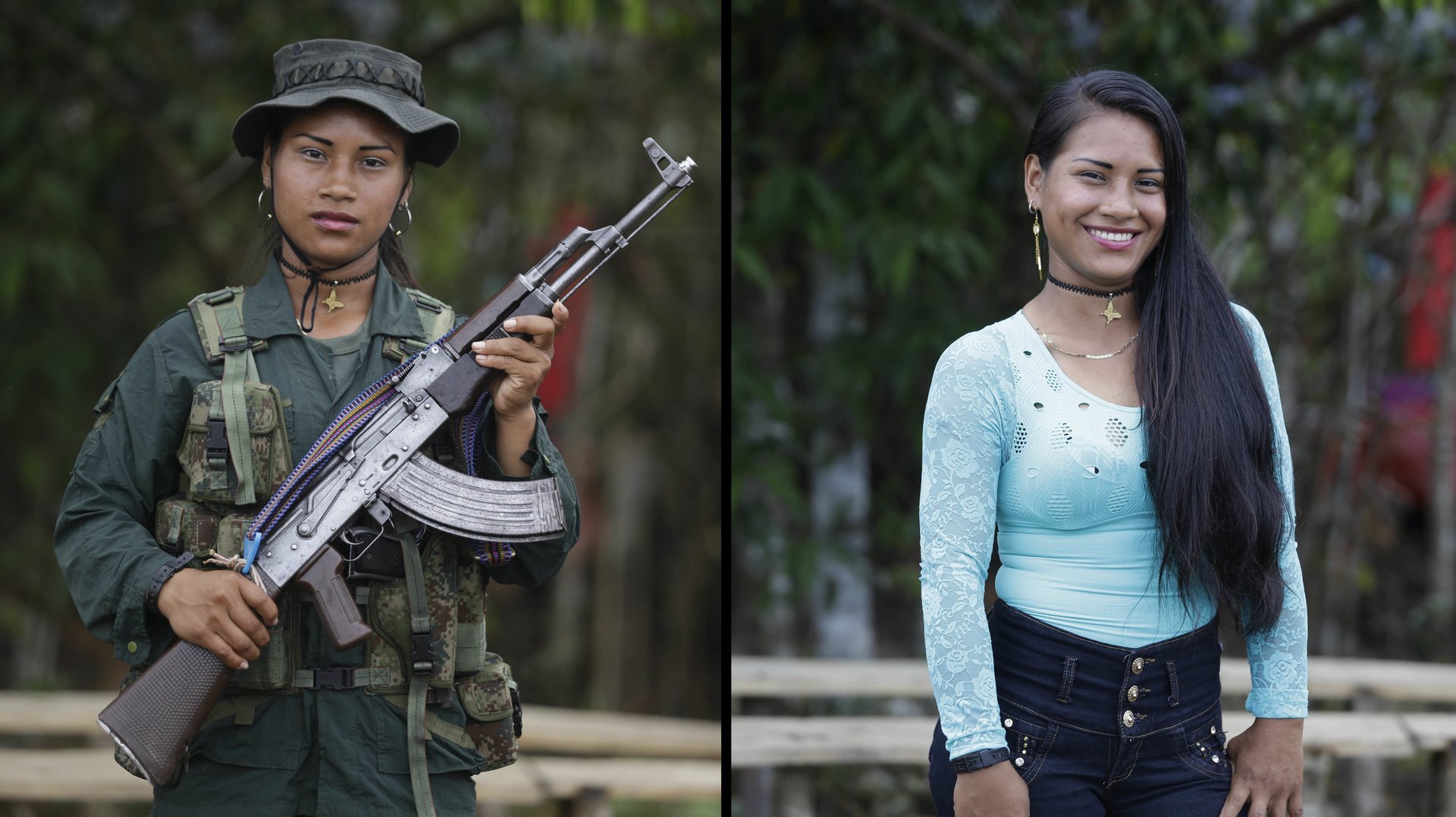

Over its five decades of war with the Colombian government, Colombia’s FARC has held nine summits to plot military strategy. This week, it’s holding its 10th National Guerrilla Conference to talk peace.
The powwow, which is taking place in a secluded jungle location under the watch of international media, will likely be the last for the FARC as an armed group. Last month, its leaders, along with government representatives, signed an agreement to end the long-standing conflict. Under the peace deal, FARC members will lay down their weapons and move their fight to the political realm.
Colombians still have to ratify the deal in an October plebiscite. FARC members are casting their own vote before their conference ends Sept. 23. Their top leader, Rodrigo Londoño Echeverri, alias Timochenko, is lobbying for peace (link in Spanish). “Our main concern should be how to ensure that peace turns into a reality in our country based on social justice and democracy,” he told the troops gathered for the congress.
In the beginning
FARC emerged from a small group of leftist guerrillas living in the rural community of Marquetalia in the Colombian Andes. After government forces stormed their enclave in the summer of 1964, they fled and regrouped as an organized military force (Spanish) that declared war on the government. The documentary below, from FARC’s collection, shows its beginnings, which were rooted on land reform and ending poverty.
Building of an army
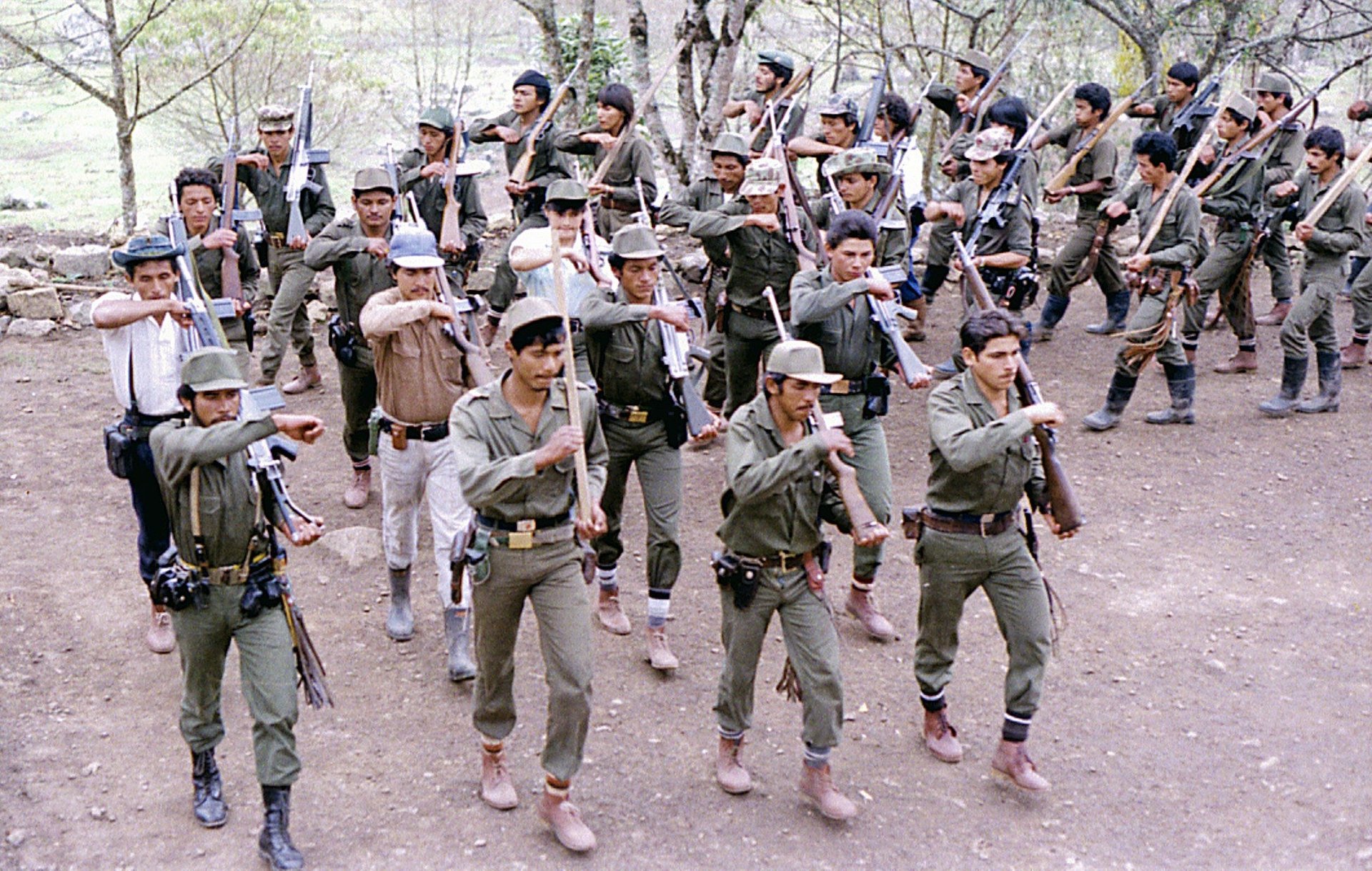
After officially renaming itself Revolutionary Armed Forces of Colombia, or FARC, in 1966, the guerrilla group moved to enlist more fighters. To fund their operations, they got into the drug-trafficking business and kidnapped prominent Colombians for ransom. By the early 1980s, their ranks had grown to 3,000.
Female guerrillas
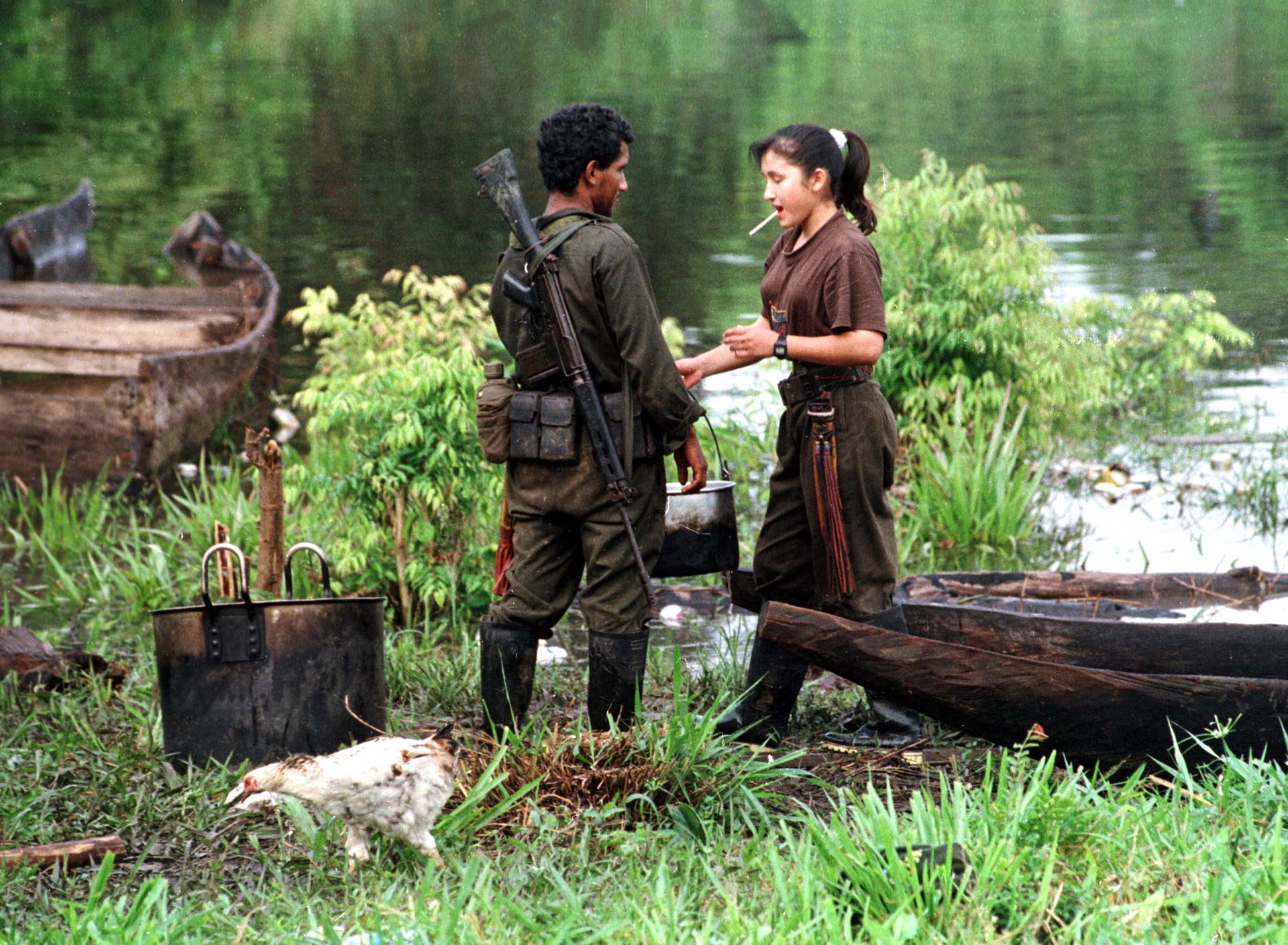
Women are estimated to make up 30% to 40% of the FARC membership. The group’s leaders have said they stand for gender equality (Spanish), but few women have occupied top posts (Spanish). Some observers have noted that female fighters are charged with traditionally female tasks such as serving and preparing food. Women have also reported sexual abuse by their fellow guerillas.
On the offensive
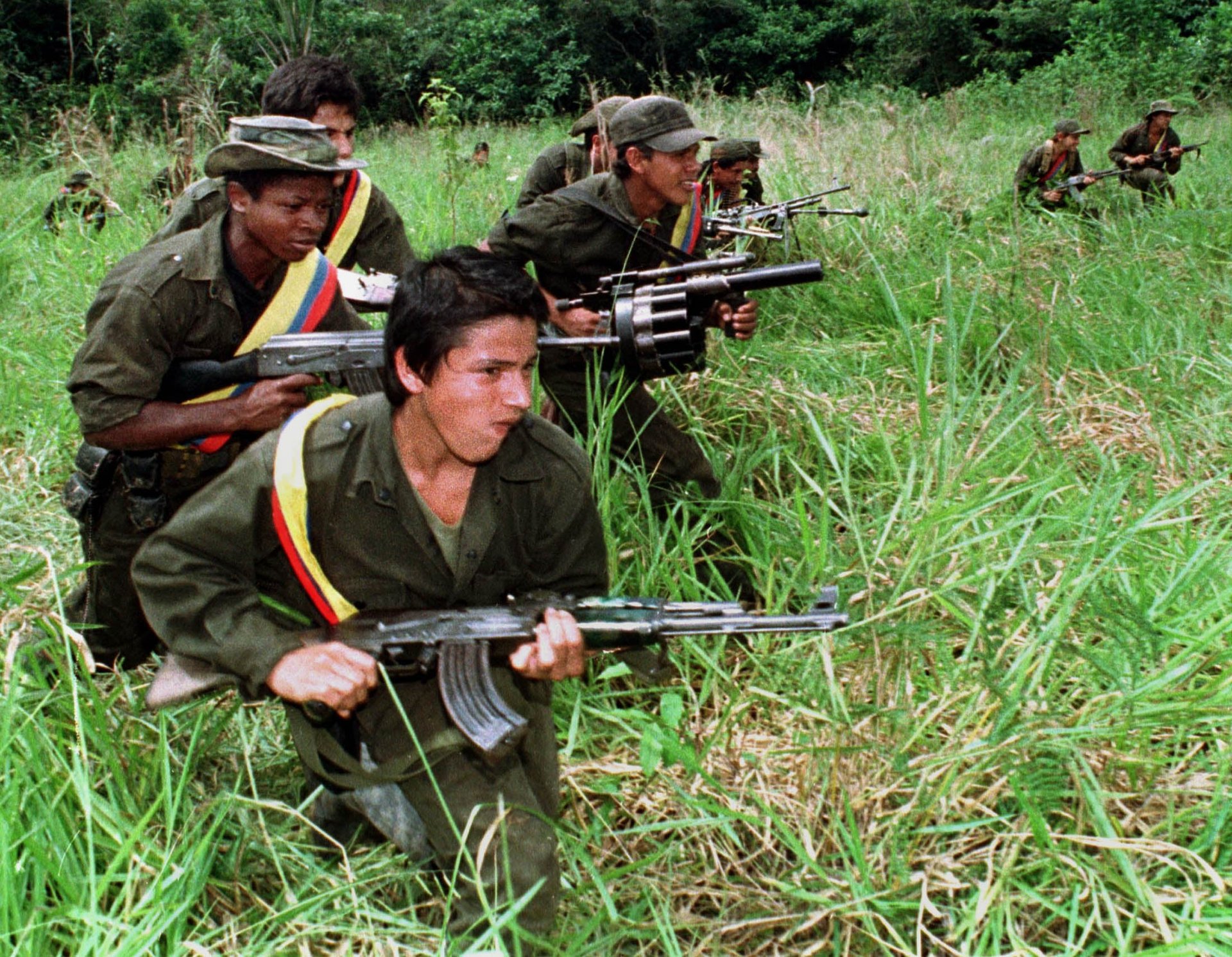
The conflict intensified in the 1990s, with FARC’s attacks growing bolder and larger. By the end of the decade, the guerrilla group had recruited some 18,000 members and controlled 42,000 square kilometers (around 16,000 square miles) of land obtained through peace negotiations. Further talks fell through after the rebels hijacked an airplane to kidnap a Colombian senator in 2002.
Civilian toll

Civilians were caught in the middle of the raging war between the guerrillas and the army. More than 1 million people have been killed or forcibly disappeared during the conflict, according to Colombia’s victim registry. Nearly 7 million others have been displaced.
Heavy damage
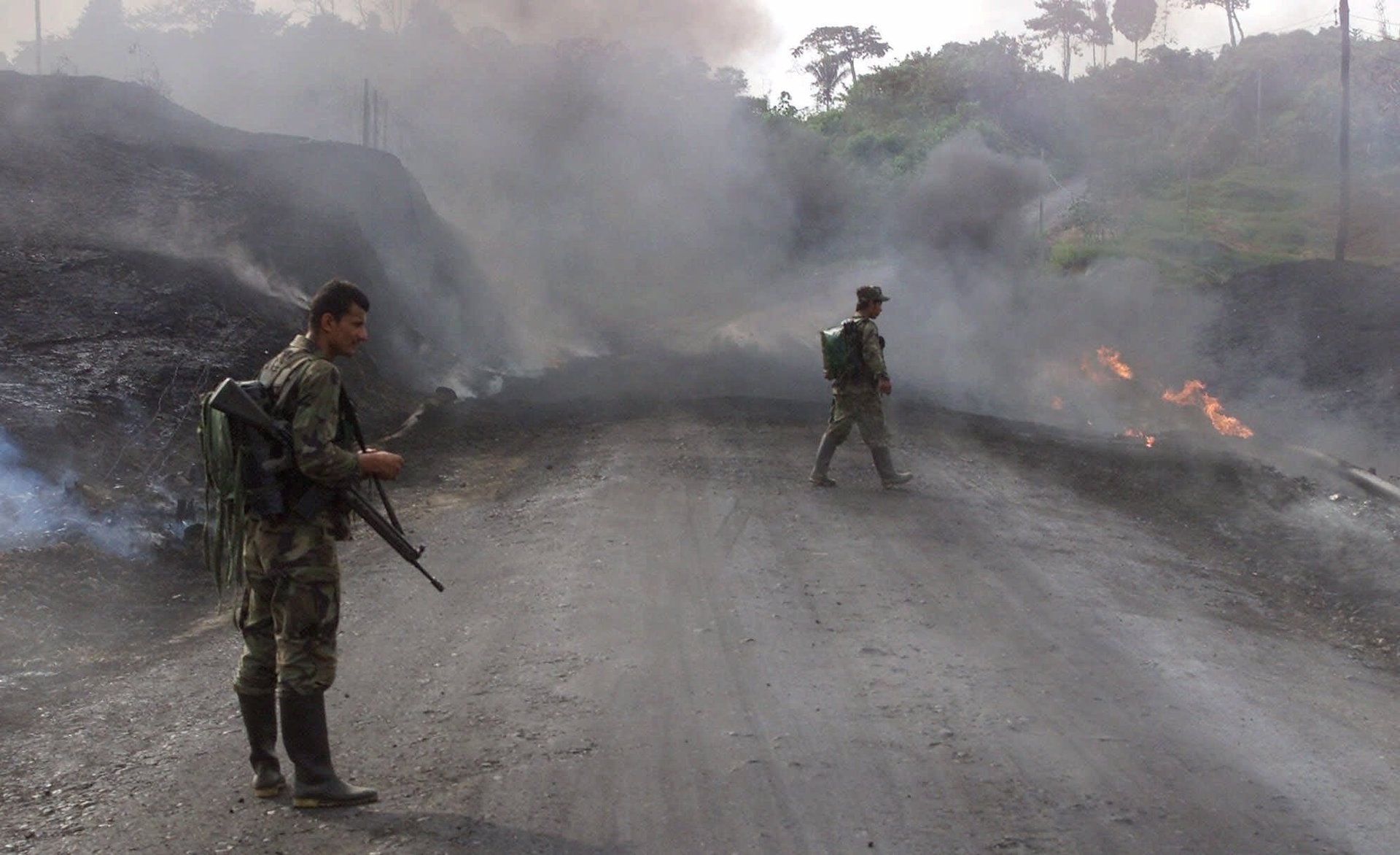
Along with the strikes to gain territory, the FARC targeted key government infrastructure, such as oil pipelines. They’ve hit one of them, which is connected to a major oil field, more than 1,000 times over the past two decades. The group’s brutal tactics eroded any sympathy (Spanish) they might have enjoyed among Colombians.
Guerrilla casualties
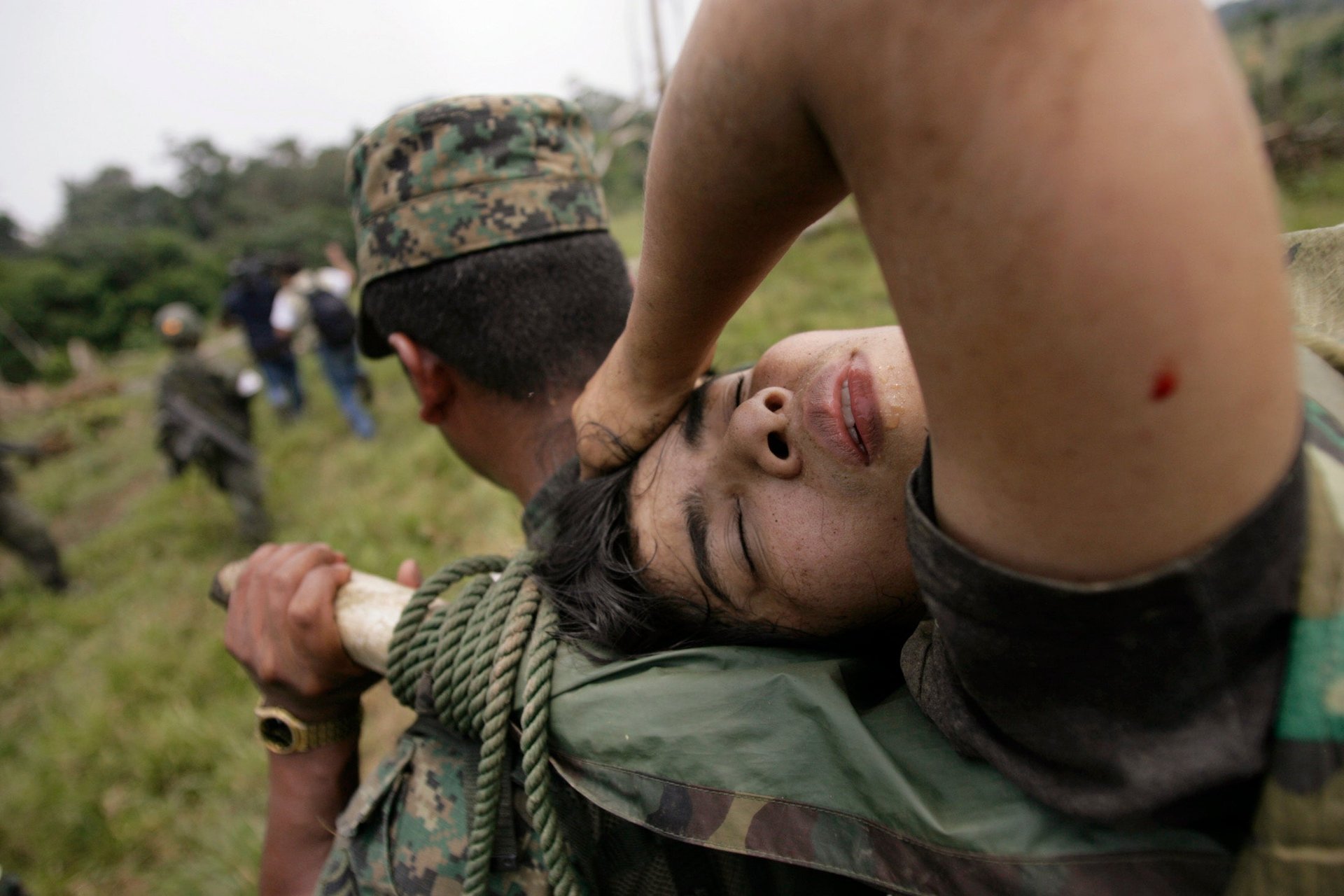
The Colombian government cracked down on the FARC under president Alvaro Uribe, who took power in 2002. In the following years, the army killed some of the guerrilla group’s top leaders, along with many of its foot soldiers. Thousands of fighters voluntarily left the armed struggle in recent years. It was a much-diminished FARC that agreed to sit down with the government in 2012 to negotiate the peace deal that was signed last month.
Digital insurgency
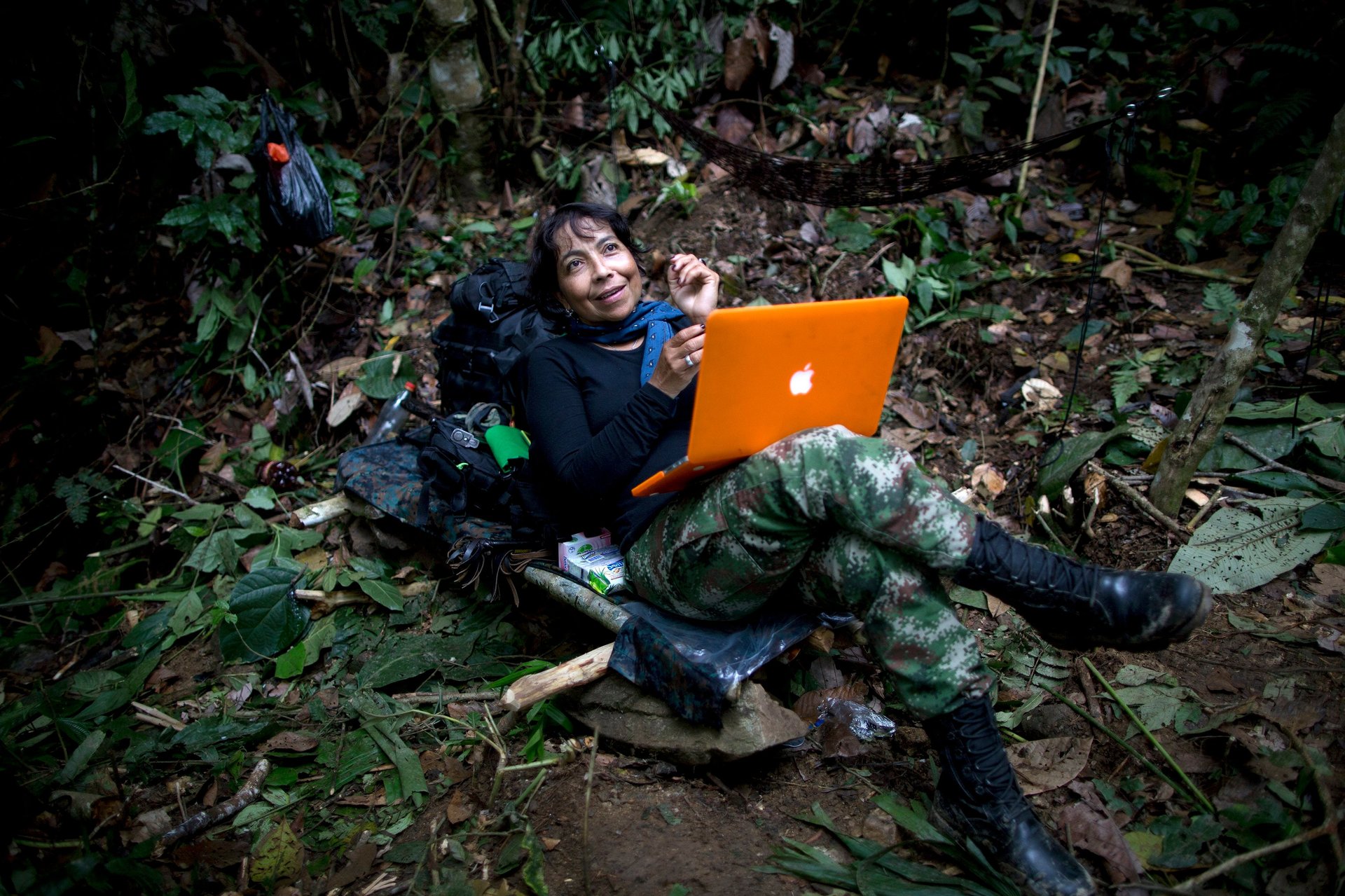
The internet has been a powerful tool for FARC members perennially in hiding. In 2007, when the group was under particularly heavy pressure from government forces, it carried out its ninth guerrilla conference online (Spanish) to avoid capture. The FARC has also used social media to communicate with society at large. Aside from its website, it has Twitter and Facebook accounts.
From the jungle
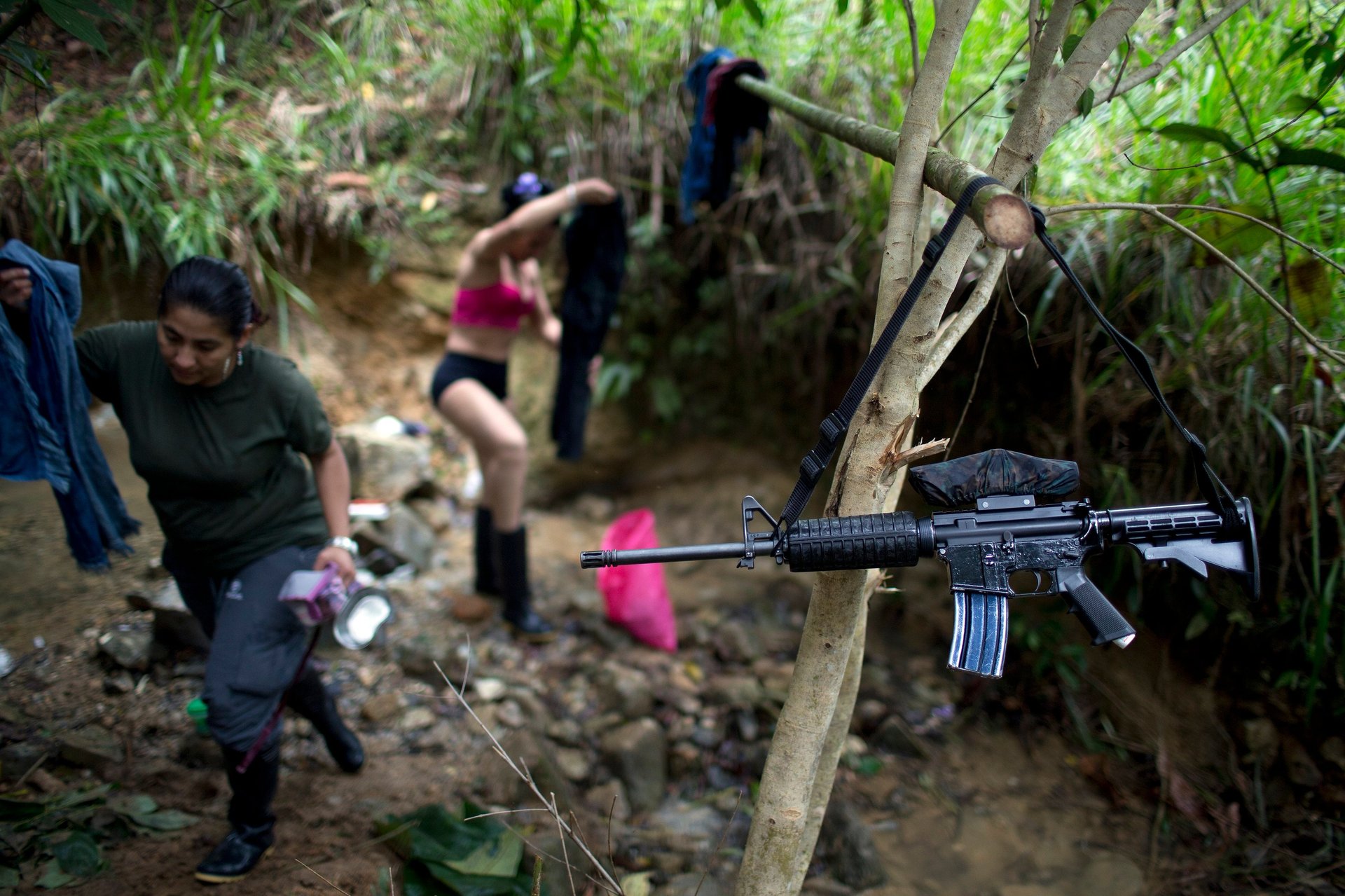
Many fighters joined FARC as teenagers and have spent years living in isolated jungle camps. Existence there is communal, highly regimented, and pretty rudimentary.
To civilian life
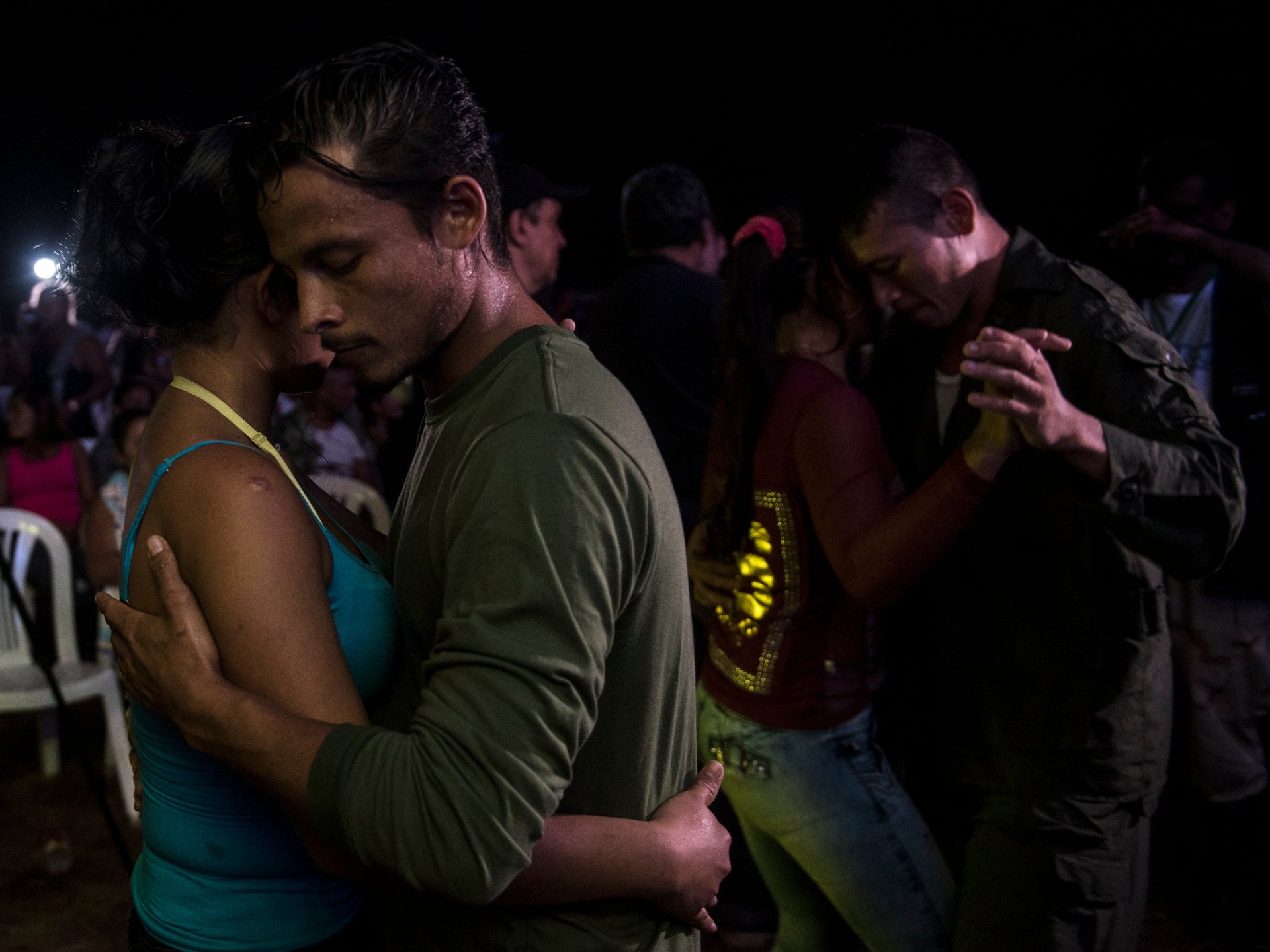
Now FARC members are getting used to the idea of a life without fatigues or weapons. Judging from the festive atmosphere (Spanish) at the guerrilla conference this week, many are ready for it.